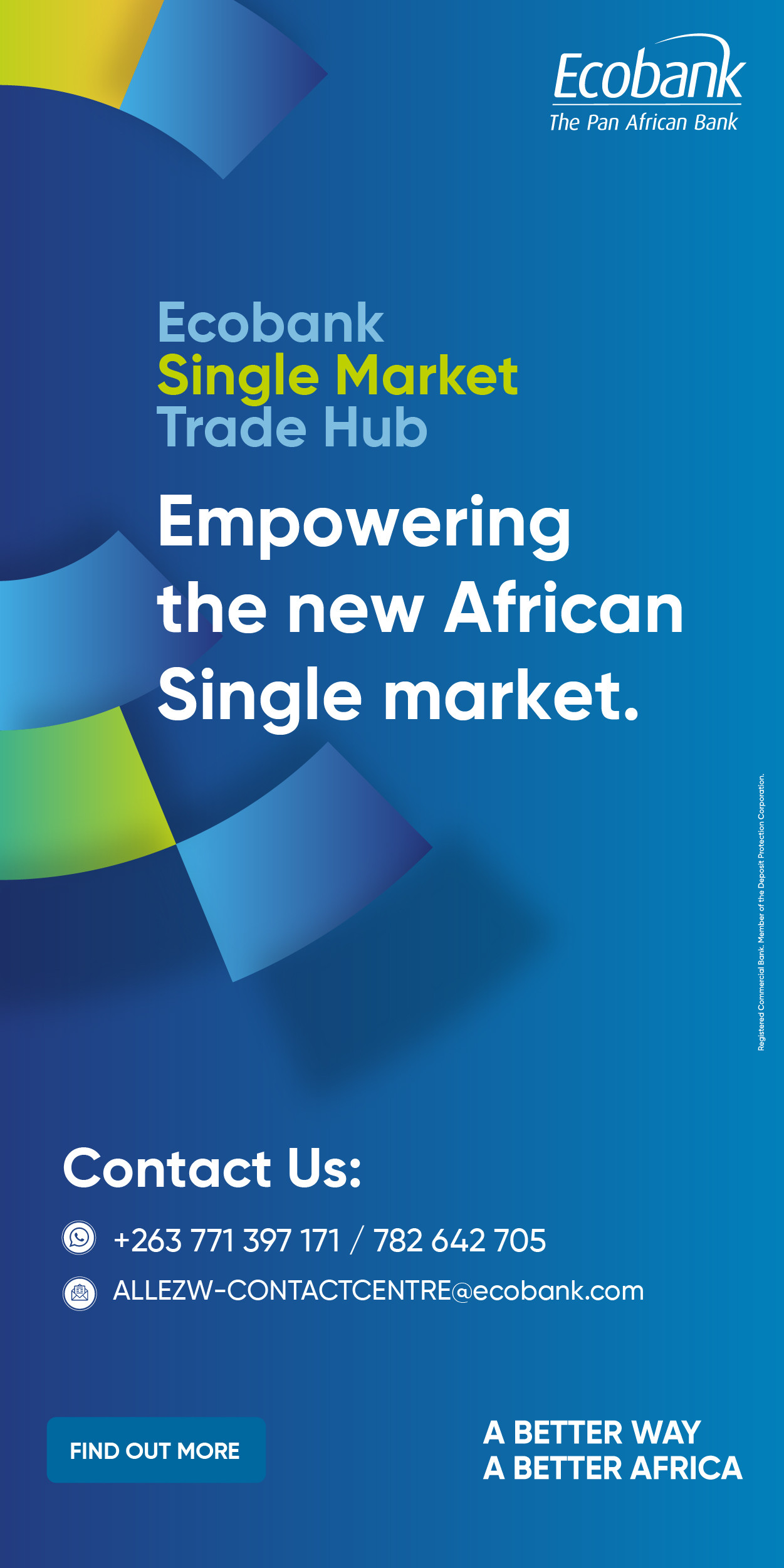- DFI Funding Surge: NMB Bank secured $65 million in developmental finance in 2024 from institutions like AfDB and Proparco, enabling a 27% increase in loans
- Sectoral Impact: Loans and advances rose to ZWG 2.8 billion, with 91% foreign-denominated
- Financial Resilience: Despite a 97.6% profit decline post-hyperinflation, USD-driven revenue streams (79% of interest income) stabilised operations
- Capital adequacy remained robust at 32.36%
Harare- NMB Bank Zimbabwe has leveraged foreign lines of credit to fuel its growth in 2024, a critical strategy in a nation where Western sanctions limit traditional financing. The bank raised over USD 65 million from developmental finance institutions (DFIs) such as Proparco, BII, TDB, and AfDB, up from USD 10 million in 2023, driving expansion in core banking operations.
This article examines how these credit lines propelled loans, interest income, non-interest income, and assets, comparing 2024 performance to 2023’s hyperinflation-driven figures under the Zim dollar. It also explores contributions to economic sectors and hypothesises the potential economic boost if the government accessed similar Western credit lines, given Zimbabwe’s GDP of USD 27 billion in 2023 and a debt-to-GDP ratio of 66%.
In 2024, NMB Bank’s reliance on foreign credit lines transformed its financial landscape. Loans and advances rose from ZWG 2.2 billion in December 2023 to ZWG 2.8 billion by December 2024, a 27% increase, largely due to USD-denominated funding for exporters in agriculture, mining, tourism, and manufacturing.
This shift saw loans become 91% foreign-denominated, up from 84%, as ZiG’s share dropped from 16% to 9%, reflecting tight local monetary policy. Interest income shifted significantly, with 79% in USD (up from 62%), yielding net interest income of ZWG 339.6 million on revenue of ZWG 463 million, though this was down from ZWG 427 million in 2023 due to hyperinflation’s reversal.
Non-interest income, particularly fees and commissions, reached ZWG 929 million (65% USD, up from 41%), slightly below 2023’s ZWG 995 million, driven by trade finance and digital banking growth.
Total assets grew 8% to ZWG 7.1 billion from ZWG 6.5 billion, funded by foreign credit and deposits, which likely surpassed 2023’s ZWG 431.9 million (inflated by hyperinflation), with 85% foreign-denominated in 2024 versus 75% previously.
Operating income fell to ZWG 2 billion from ZWG 2.6 billion in 2023, and profit after tax (PAT) plummeted to ZWG 42.8 million from ZWG 1.8 billion, reflecting the shift from hyperinflationary gains to a more stable ZiG-based economy.
The bank’s capital adequacy ratio stayed robust at 32.36%, well above the 12% regulatory minimum, anchored on USD assets, ensuring compliance with the USD 30 million capital requirement.
Comparative Financial Performance: 2024 vs. 2023
The transition from the Zim dollar in 2023 to ZiG in 2024 reshaped NMB Bank’s financials. In 2023, hyperinflation inflated deposits to ZWG 431.9 million, fees and commissions to ZWG 995 million, net interest income to ZWG 427 million, operating income to ZWG 2.6 billion, and PAT to ZWG 1.8 billion.
In 2024, deposits likely increased , while fees and commissions dropped 6.6% to ZWG 929 million, net interest income fell 20.5% to ZWG 339.6 million, operating income declined 23.1% to ZWG 2 billion, and PAT crashed 97.6% to ZWG 42.8 million.
This reflects a stabilisation post-hyperinflation, with foreign credit lines cushioning the decline by boosting USD-based revenue streams and supporting asset growth.
Economic Implications for Zimbabwe
Zimbabwe’s exclusion from Western private sector credit lines amplifies the importance of NMB Bank’s DFI funding. The USD 65 million in credit lines bridged capital gaps, supporting exporters in agriculture (e.g., horticulture), mining (e.g., small-scale operations), and manufacturing, fostering trade with markets like the EU and Middle East.
This bolstered financial inclusion via microfinance and digital banking, addressing the 19.3% unemployment rate U.S. Department of State Investment Climate Report. Unlike regional peers with broader credit access, NMB’s strategy sustains economic activity in a sanctions-hit environment reliant on non-Western partners.
NMB Bank’s 2024 financials directly supported key sectors. Loans and advances (ZWG 2.8 billion) funded exporters, enhancing agriculture and mining outputs critical for GDP growth. Fees and commissions (ZWG 929 million) reflected trade finance and digital platform expansion, adding billers like City of Harare, aiding retail and community development.
The microfinance division’s asset financing for low-income segments and women-owned businesses furthered inclusion, vital for small-scale agriculture and mining, aligning with efforts to stabilize an economy transitioning from hyperinflation.
Comparative Analysis with Regional Banks
Compared to NMB Bank Tanzania, which reported USD 4.1 billion in assets in 2022 and ranked third in EAC profitability in 2023, NMB Zimbabwe faces steeper challenges. Tanzania’s banking sector grew 35% in net income in Q3 2024, benefiting from Western credit and lower currency risk. NMB Zimbabwe’s reliance on DFI credit reflects disparities, yet its USD-driven growth mirrors regional resilience in a constrained context.
If Zimbabwe’s government accessed Western credit lines, unlike the private sector’s current limitations, the economy could see significant uplift. With a 2023 GDP of USD 27 billion and debt at 66% of GDP World Bank Zimbabwe Overview, credit could fund infrastructure, reducing debt and boosting sectors like mining (energy transition minerals) and agriculture.
Drawing from Zambia’s post-debt relief growth, a 10-20% GDP increase to USD 42-46 billion is plausible, enhancing export capacity and private sector investment, though sanctions and reforms remain barriers.
Therefore, foreign credit lines have been instrumental for NMB Bank Zimbabwe in 2024, driving growth in loans, income, and assets despite a post-hyperinflation decline from 2023. This support for economic sectors show its role in a sanctions-hit economy.
If the government accessed similar credit, GDP could rise substantially, highlighting the transformative potential of broader financial access, contingent on geopolitical shifts.
Equity Axis News





